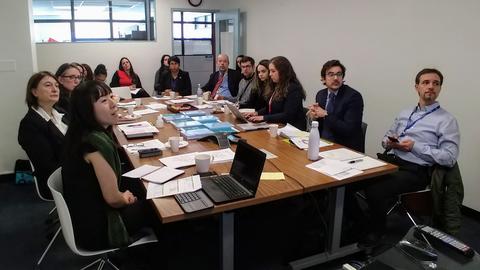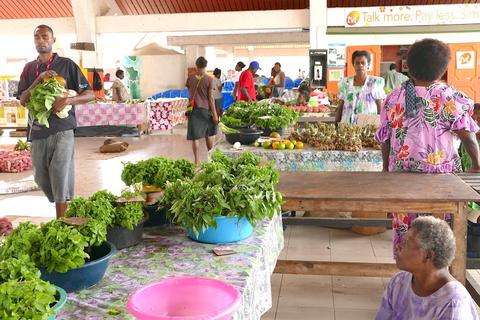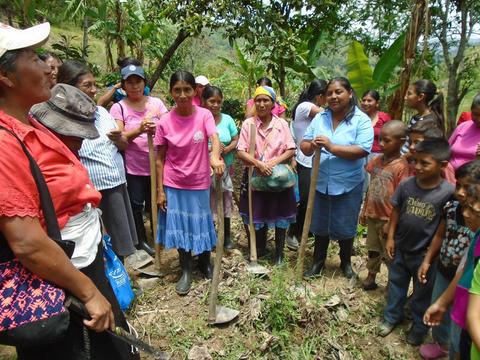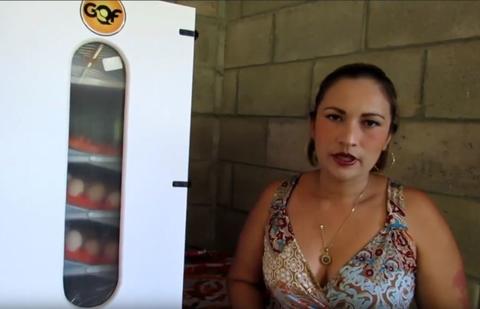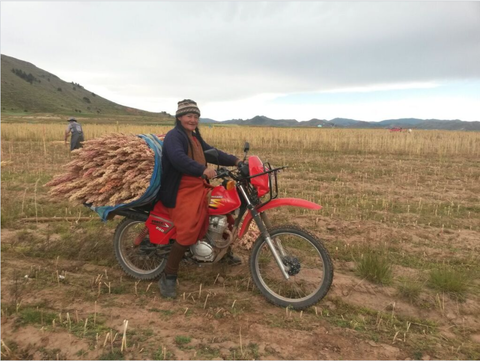It started as a small agricultural association that wanted to create jobs for the inhabitants of the Acos Vinchos (Ayachucho, Peru); eight years later, the organic quinoa produced by the cooperative, “Campo Verde” (Green Field), is cooked in the stoves of the Tanta restaurant, owned by the renowned chief Gaston Acurio, to prepare a succulent dish known as “quinua airport.
Now its next goal is to sell an organic quinoa and kiwicha (Amaranthus caudatus) based energy bar, a goal which it can meet thanks to its new processing plant and the training that the quinoa producers received as part of the joint programme ‘Andean Grains’, an initiative by the United Nations Sustainable Development Goals Fund (SDG Fund) that seeks to strengthen the production of organic quinoa through cooperatives in order to sell them throughout the national markets.
The history behind the Campo Verde association is one of hard work and dedication. In 2008, a group of residents of the San Martín de Pamparque community decided to place in motion this enterprise in order to create jobs in the zone. “Before, the residents had to leave to other places to find work. Now we have managed to create jobs, so much so, that we have had to recruit people from other zones because we couldn’t deal with the cultivation alone”, explained Eduard Navarro, president of the association.
Supporting Quality
Working with his neighbors and residents, he managed to bring water infrastructure to the zone in order to reforest and initially grow some vegetables and soon after that grow some organic quinoa and kiwicha. Soon after, the quality of the association’s products did not go unnoticed and they were invited to participate in Mistura, one of the most important gastronomic fairs in Lima .
Today the association cultivation area spans 90 hectares and produces 70 tons of organic quinoa yearly, which it sells to ecological shops in Lima, the restaurant Tanta and in other markets.
Having achieved brand recognition, the collective’s next goal was to sell energy bars made out of quinoa and kiwicha. This initiative ended up gaining support from the Andean Grain programme, implemented by the United Nations, which endowed a processing plant that was inaugurated in March 2017.
Before, the residents had to leave to other places to find work. Now we have managed to create jobs, so much so, that we have had to recruit people from other zones because we couldn’t deal with the cultivation alone”
Eduard Navarro
President of Campo Verde
The joint programme, Andean Grains is an initiative of the United Nations SDG Fund implemented by the Food and Agriculture Organization of the United Nations (FAO), the International Labour Organization (ILO) and UNESCO with support from the Spanish Cooperation via their contributions to the SDG Fund. Thanks to their combined efforts they have reduced poverty and improved the productions of Andean Grains throughout the rural zones of Ayachucho and Puno.
The programme has aided in the development of a business and commercialization plan which predicts that the collectives’ sales will increase by 105%, from a production value of 68,000 Peruvian soles in 2015 to 140,000 soles in 2017.
“The programme has helped to strengthen the markets with products of higher value, on top of the fact that the programme has already facilitated the design and implementation of a small industrial plant and its production line, as well as providing capacity building and training to its associates”, stated Miguel Maldonado, programme coordinator for the Andean Grain programme (PCGA).
This is an edited version of the story published by Gestion on 15 of March of 2017. Read the full version here.

